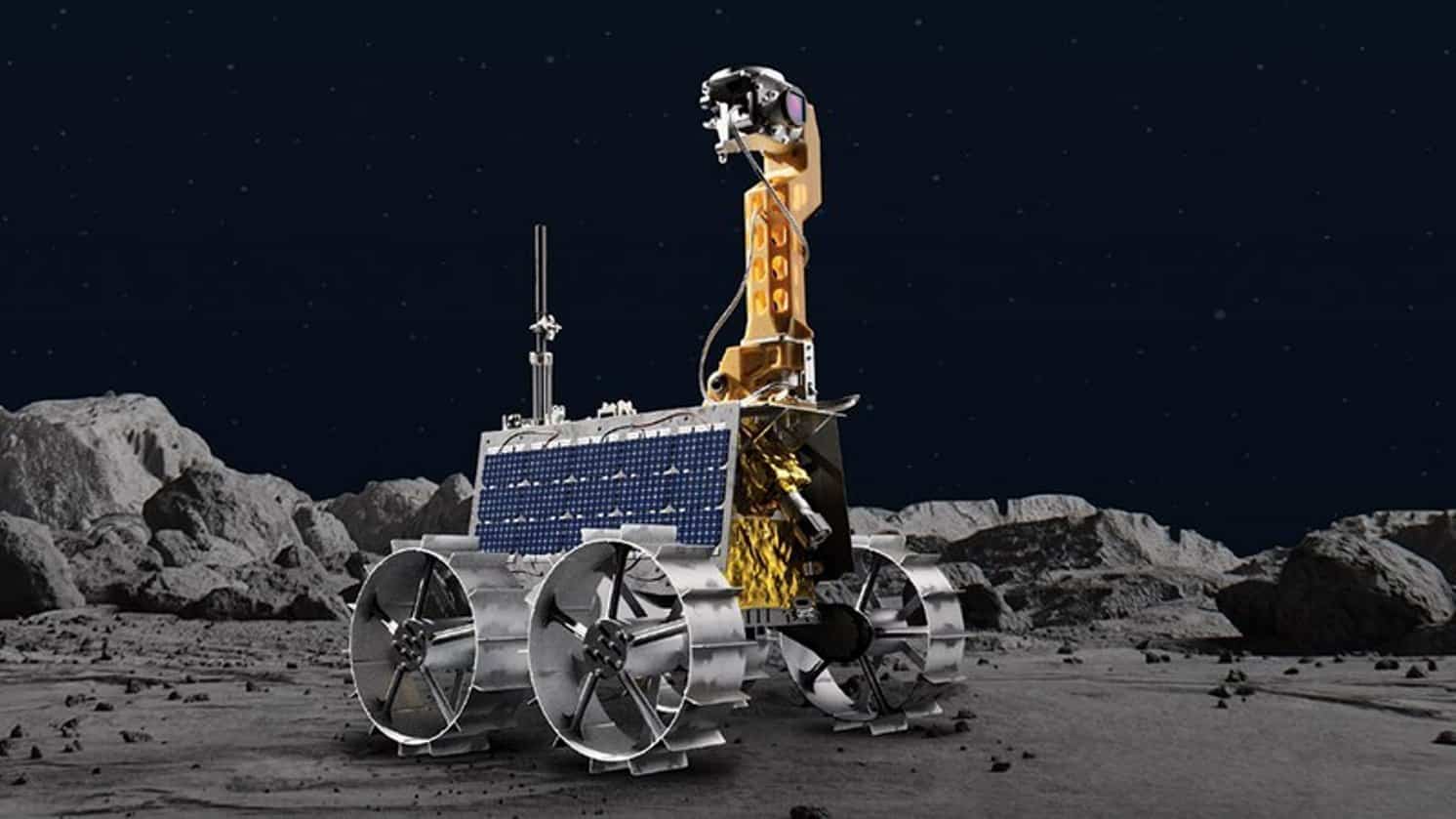DUBAI, UAE – The Mohammed Bin Rashid Space Center (MBRSC) announced on Wednesday that Rashid Rover, onboard the HAKUTO-R Mission 1 Lunar Lander, is scheduled to land on the Moon on April 25 at 8.40 pm (UAE time).
The landing date is subject to change depending on operational conditions.
The Rashid Rover is currently orbiting the Moon at an altitude of about 100 km at the perilune (the point at which the spacecraft in lunar orbit is closest to the moon) and about 2,300 km at the apolune (the point at which the spacecraft in lunar orbit is farthest to the moon).
At around 7.40 pm on April 25, the Lander carrying Rashid Rover will perform multiple orbital control maneuvers to reach a 100 km circular orbit around the Moon before initiating the landing sequence.
During the landing sequence, the Lander will perform a braking burn, firing its main propulsion system to decelerate from orbit.
Utilizing a series of pre-set commands, the Lander will adjust its altitude and reduce velocity to make a soft landing on the confirmed site of Atlas Crater in the Mare Frigoris.
The Emirates Lunar Mission (ELM) team will complete close to a total 370 minutes of communication with the world’s most compact rover before landing, along with 12 mission rehearsals for surface operations.
The mission rehearsal is crucial for the engineering team to be prepared and ready with their programs for execution post the lunar landing and also enable the different teams on the subsystems to sync their operational work.
The next stage of navigation for HAKUTO-R Mission 1 Lunar Lander that holds the Rashid Rover includes the completion of all planned lunar orbital control maneuvers before the landing sequence.
In case of any changes in operational conditions, three alternative landing sites, with the next landing opportunities set for April 26, May 1 and 3 have also been scheduled.
The ELM is funded by the Information and Communication Technology Fund of the Telecommunications and Digital Government Regulatory Authority (TDRA) which aims to support research and development in the ICT sector in the UAE.

